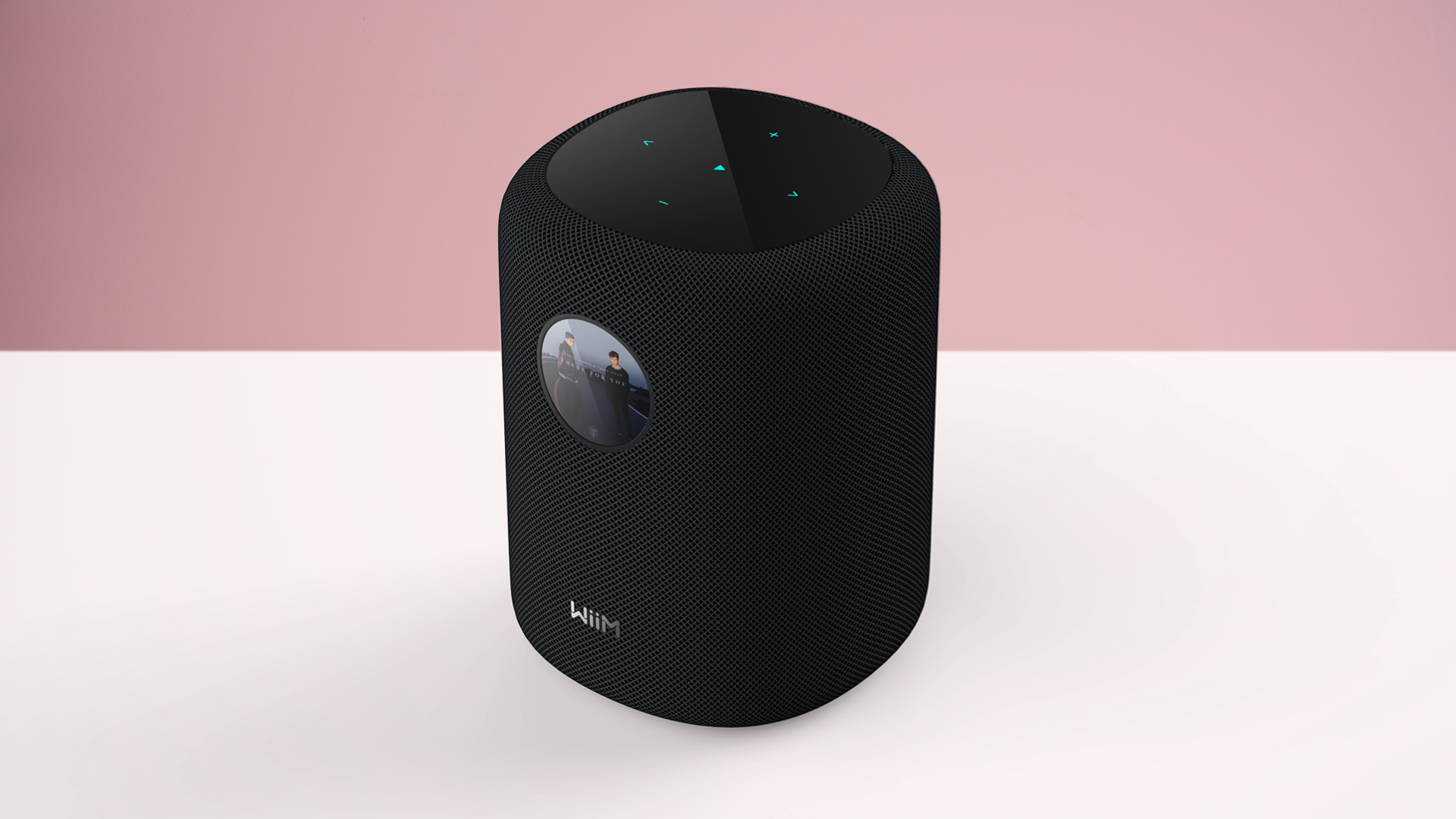JavaScript Design Patterns Every Developer Should Know
by Code with Dhanian Get the Full JavaScript eBook Here » When building scalable, maintainable, and efficient JavaScript applications, understanding design patterns is crucial. These patterns offer proven solutions to common coding problems and help developers write cleaner, modular, and reusable code. Whether you're a beginner or an experienced developer, learning JavaScript design patterns will significantly improve how you structure your code. In this article, we'll explore the most essential JavaScript design patterns every developer should know. 1. Singleton Pattern The Singleton Pattern ensures that a class has only one instance and provides a global point of access to it. Use Case: Managing global application state, configuration objects, or database connections. const AppConfig = (function () { let instance; function createInstance() { return { theme: 'dark', version: '1.0' }; } return { getInstance: function () { if (!instance) instance = createInstance(); return instance; } }; })(); const config1 = AppConfig.getInstance(); const config2 = AppConfig.getInstance(); console.log(config1 === config2); // true 2. Module Pattern The Module Pattern encapsulates related code into a single unit and exposes only what’s necessary, using closures. Use Case: Encapsulating logic to keep global scope clean. const CounterModule = (function () { let count = 0; return { increment() { count++; return count; }, reset() { count = 0; return count; } }; })(); CounterModule.increment(); // 1 CounterModule.increment(); // 2 CounterModule.reset(); // 0 3. Factory Pattern The Factory Pattern allows the creation of objects without exposing the creation logic to the client. Use Case: Creating different types of objects based on input conditions. function CarFactory(type) { switch (type) { case 'sedan': return { wheels: 4, doors: 4, type: 'sedan' }; case 'truck': return { wheels: 6, doors: 2, type: 'truck' }; default: return { wheels: 4, doors: 4, type: 'default' }; } } const car = CarFactory('truck'); console.log(car); // { wheels: 6, doors: 2, type: 'truck' } 4. Observer Pattern The Observer Pattern defines a subscription mechanism to notify multiple objects about events. Use Case: Event-driven architecture or reactive UIs. class EventEmitter { constructor() { this.events = {}; } on(event, listener) { if (!this.events[event]) this.events[event] = []; this.events[event].push(listener); } emit(event, data) { if (this.events[event]) { this.events[event].forEach(listener => listener(data)); } } } const emitter = new EventEmitter(); emitter.on('save', (data) => console.log(`Data saved: ${data}`)); emitter.emit('save', 'Project Info'); 5. Prototype Pattern The Prototype Pattern lets you create new objects based on an existing object’s blueprint. Use Case: Efficient memory usage and object inheritance in JavaScript. const vehicle = { wheels: 4, start() { console.log('Vehicle started'); } }; const car = Object.create(vehicle); car.start(); // Vehicle started 6. Command Pattern The Command Pattern encapsulates a request as an object, allowing parameterization and queuing. Use Case: Undo/Redo functionality, task queues. function commandReceiver() { return { execute(action) { console.log(`Executing ${action}`); } }; } const receiver = commandReceiver(); const command = { execute: () => receiver.execute('Save Document') }; command.execute(); Final Thoughts Mastering these JavaScript design patterns helps you build more maintainable and scalable applications. Whether you’re working on large-scale web apps or personal projects, these patterns provide structure and clarity to your codebase. Want to dive deeper into JavaScript with real-world projects and advanced patterns? Get my full JavaScript eBook with 200+ pages of content, code examples, and hands-on projects: Download the eBook Now »

by Code with Dhanian
Get the Full JavaScript eBook Here »
When building scalable, maintainable, and efficient JavaScript applications, understanding design patterns is crucial. These patterns offer proven solutions to common coding problems and help developers write cleaner, modular, and reusable code. Whether you're a beginner or an experienced developer, learning JavaScript design patterns will significantly improve how you structure your code.
In this article, we'll explore the most essential JavaScript design patterns every developer should know.
1. Singleton Pattern
The Singleton Pattern ensures that a class has only one instance and provides a global point of access to it.
Use Case: Managing global application state, configuration objects, or database connections.
const AppConfig = (function () {
let instance;
function createInstance() {
return { theme: 'dark', version: '1.0' };
}
return {
getInstance: function () {
if (!instance) instance = createInstance();
return instance;
}
};
})();
const config1 = AppConfig.getInstance();
const config2 = AppConfig.getInstance();
console.log(config1 === config2); // true
2. Module Pattern
The Module Pattern encapsulates related code into a single unit and exposes only what’s necessary, using closures.
Use Case: Encapsulating logic to keep global scope clean.
const CounterModule = (function () {
let count = 0;
return {
increment() {
count++;
return count;
},
reset() {
count = 0;
return count;
}
};
})();
CounterModule.increment(); // 1
CounterModule.increment(); // 2
CounterModule.reset(); // 0
3. Factory Pattern
The Factory Pattern allows the creation of objects without exposing the creation logic to the client.
Use Case: Creating different types of objects based on input conditions.
function CarFactory(type) {
switch (type) {
case 'sedan':
return { wheels: 4, doors: 4, type: 'sedan' };
case 'truck':
return { wheels: 6, doors: 2, type: 'truck' };
default:
return { wheels: 4, doors: 4, type: 'default' };
}
}
const car = CarFactory('truck');
console.log(car); // { wheels: 6, doors: 2, type: 'truck' }
4. Observer Pattern
The Observer Pattern defines a subscription mechanism to notify multiple objects about events.
Use Case: Event-driven architecture or reactive UIs.
class EventEmitter {
constructor() {
this.events = {};
}
on(event, listener) {
if (!this.events[event]) this.events[event] = [];
this.events[event].push(listener);
}
emit(event, data) {
if (this.events[event]) {
this.events[event].forEach(listener => listener(data));
}
}
}
const emitter = new EventEmitter();
emitter.on('save', (data) => console.log(`Data saved: ${data}`));
emitter.emit('save', 'Project Info');
5. Prototype Pattern
The Prototype Pattern lets you create new objects based on an existing object’s blueprint.
Use Case: Efficient memory usage and object inheritance in JavaScript.
const vehicle = {
wheels: 4,
start() {
console.log('Vehicle started');
}
};
const car = Object.create(vehicle);
car.start(); // Vehicle started
6. Command Pattern
The Command Pattern encapsulates a request as an object, allowing parameterization and queuing.
Use Case: Undo/Redo functionality, task queues.
function commandReceiver() {
return {
execute(action) {
console.log(`Executing ${action}`);
}
};
}
const receiver = commandReceiver();
const command = { execute: () => receiver.execute('Save Document') };
command.execute();
Final Thoughts
Mastering these JavaScript design patterns helps you build more maintainable and scalable applications. Whether you’re working on large-scale web apps or personal projects, these patterns provide structure and clarity to your codebase.
Want to dive deeper into JavaScript with real-world projects and advanced patterns?
Get my full JavaScript eBook with 200+ pages of content, code examples, and hands-on projects:



































































































































































![[The AI Show Episode 147]: OpenAI Abandons For-Profit Plan, AI College Cheating Epidemic, Apple Says AI Will Replace Search Engines & HubSpot’s AI-First Scorecard](https://www.marketingaiinstitute.com/hubfs/ep%20147%20cover.png)

































































































































































































![Legends Reborn tier list of best heroes for each class [May 2025]](https://media.pocketgamer.com/artwork/na-33360-1656320479/pg-magnum-quest-fi-1.jpeg?#)


































































_KristofferTripplaar_Alamy_.jpg?width=1280&auto=webp&quality=80&disable=upscale#)


.webp?#)
















































































-xl.jpg)






























![Vision Pro May Soon Let You Scroll With Your Eyes [Report]](https://www.iclarified.com/images/news/97324/97324/97324-640.jpg)
![Apple's 20th Anniversary iPhone May Feature Bezel-Free Display, AI Memory, Silicon Anode Battery [Report]](https://www.iclarified.com/images/news/97323/97323/97323-640.jpg)





































































































